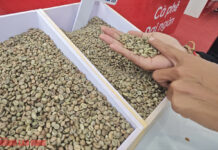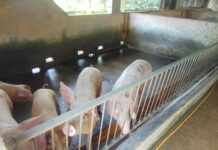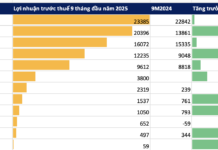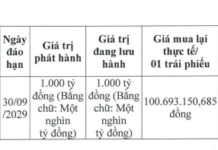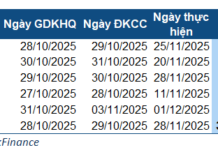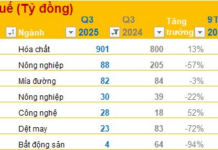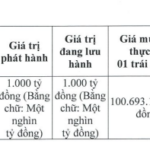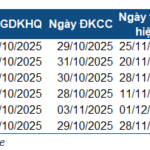The lotus, a familiar sight in Vietnam, has undergone a transformation. Once solely valued for its flowers and leaves, the lotus stem is now being utilized to create the world’s most luxurious fabric.
Lotus silk is considered one of the rarest and most expensive fabrics in the world. This exquisite fabric is crafted through a meticulous, time-consuming, and labor-intensive traditional process, with production dependent on seasonal availability.
According to artisans, it takes 15–20 craftsmen a month to complete nearly 20 manual steps to produce enough lotus silk for a single garment. As a result, each meter of lotus silk fabric is priced at over $1,000, equivalent to approximately 30 million VND, leading many to liken this silk to “soft gold” in the fashion industry.
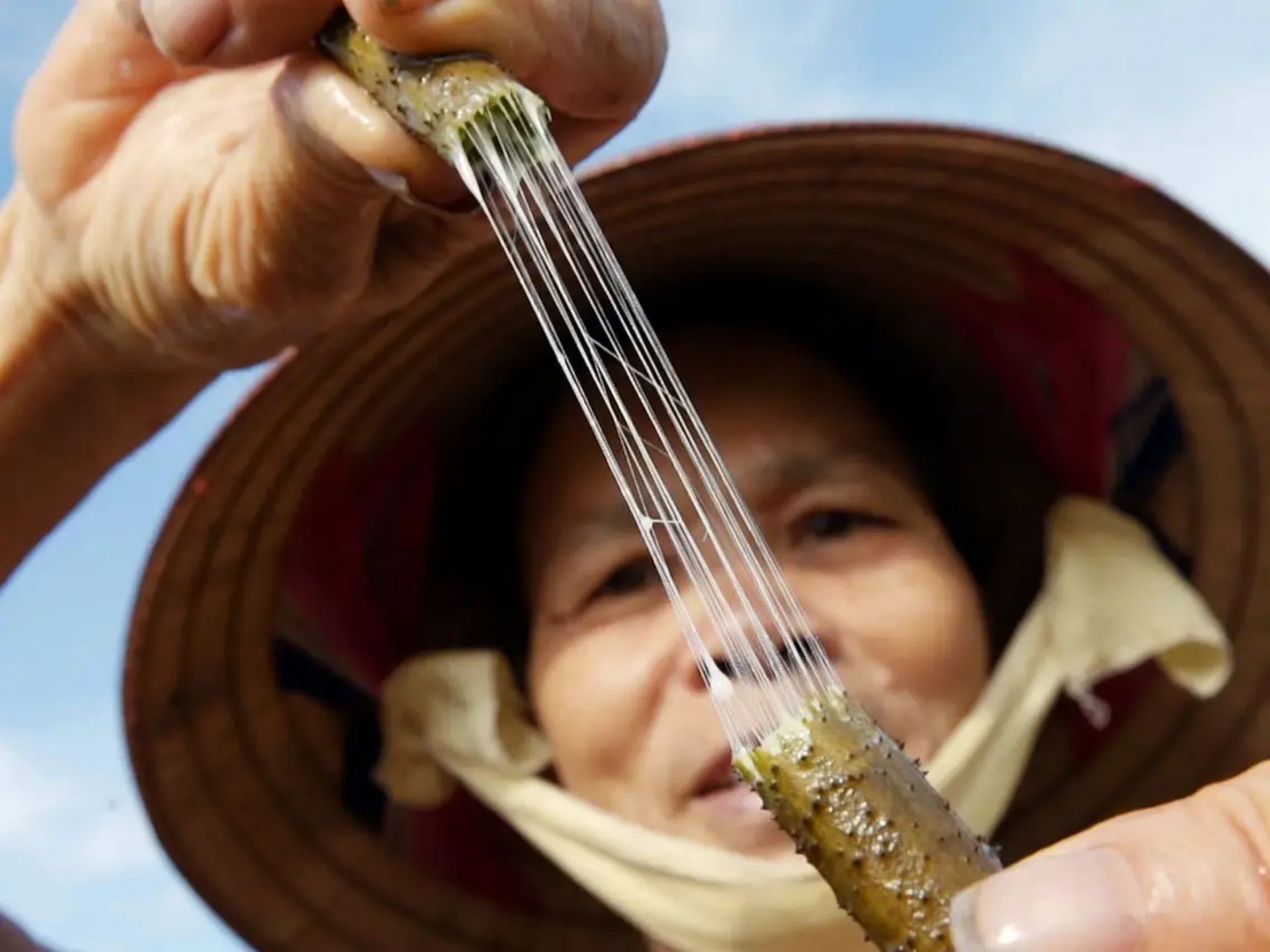
Spinning lotus stem fibers into silk.
Currently, only Myanmar, Cambodia, and Vietnam maintain the tradition of lotus silk weaving. Despite its rarity and high price, lotus silk remains a coveted fabric among international fashion designers.
Lotus silk is extracted from the fresh stems of lotus flowers. Artisans clean, slice, and soak the stems in limewater to remove impurities. Spinning lotus silk is a delicate process as the fibers are prone to breakage, requiring great skill and patience before the silk can be woven into fabric.
The challenge lies in sourcing the raw material. While lotus is abundant in Vietnam, the harvesting season only lasts about five months, from April to September each year. Moreover, the stems must be processed within 24 hours of harvesting; otherwise, they will spoil, and the silk fibers cannot be extracted. This limitation restricts production quantities.
Compared to other silks, lotus silk boasts superior qualities: it is soft, breathable, absorbent, wrinkle-resistant, and naturally fragrant. Additionally, lotus silk is antibacterial, antifungal, environmentally friendly, and safe for human health.
Thus, lotus silk is not only used for high-end garments such as dresses, scarves, and shawls but also finds application in souvenirs and home decor, elevating the value of Vietnamese handicrafts.
Lotus silk is gradually conquering the global fashion industry.
In Vietnam, the pioneer in transforming lotus silk into a tangible product is Meritorious Artist Phan Thi Thuan, Director of My Duc Silk Worm Cocoon Joint Stock Company (Hanoi).
“Anyone who has used lotus silk once will realize that it is completely different from other fibers, even the finest mulberry silk,” shared Artist Phan Thi Thuan in Thanh Nien Newspaper. “It gently hugs the body and exudes a subtle, distinctive fragrance.” For her, lotus silk is not just a precious material but also carries spiritual significance, akin to “silk bestowed by the Buddha.”
To create her products, Artist Thuan and her weavers diligently work with each lotus stem, spinning the silk by hand and weaving it into fabric. The result is silky-smooth fabric that encapsulates the essence of the countryside and the sophistication of traditional Vietnamese weaving.
With its sustainable values, lotus silk is gradually conquering the global fashion industry. From the pure lotus pond, the Vietnamese have transformed the humble lotus stem into a luxury item, asserting the identity and new position of traditional handicrafts on the world map.


